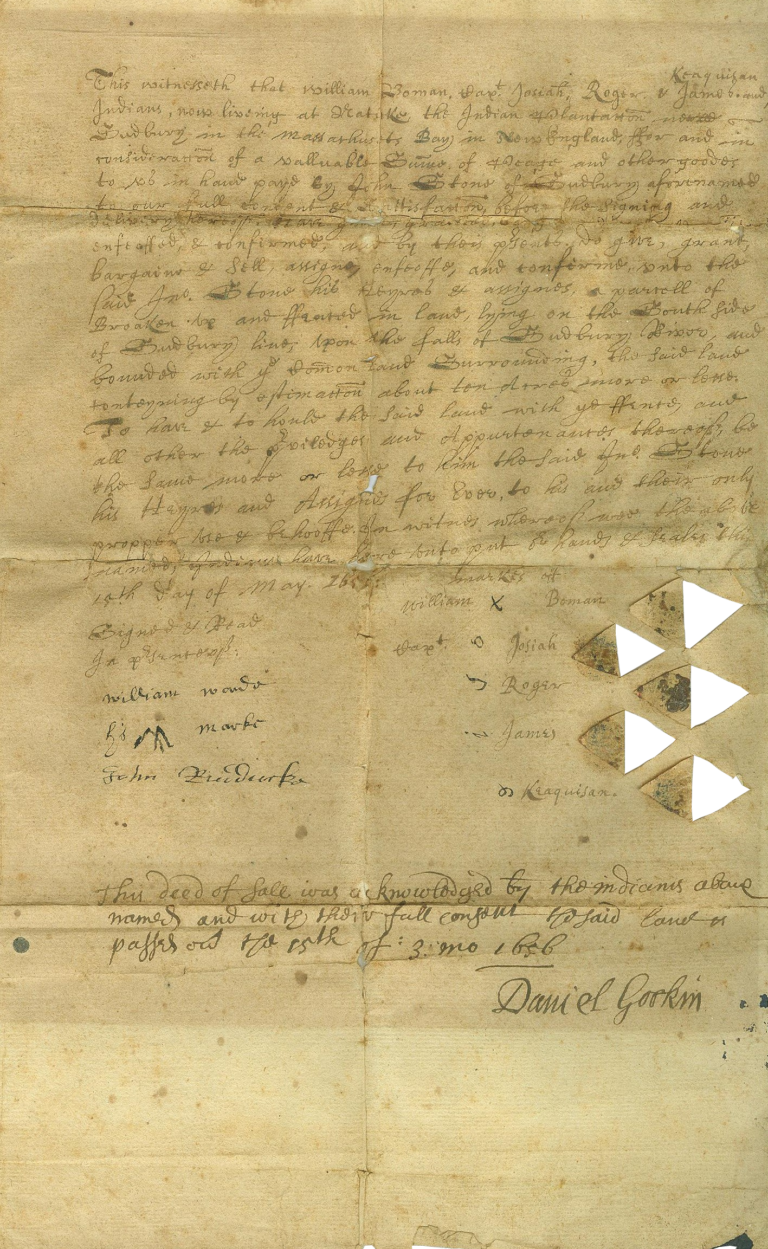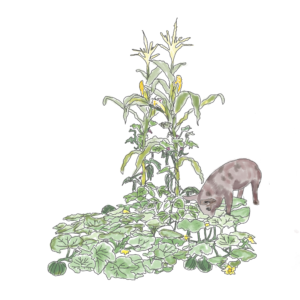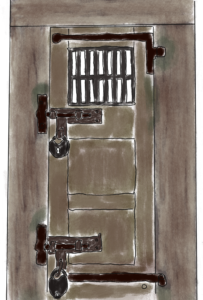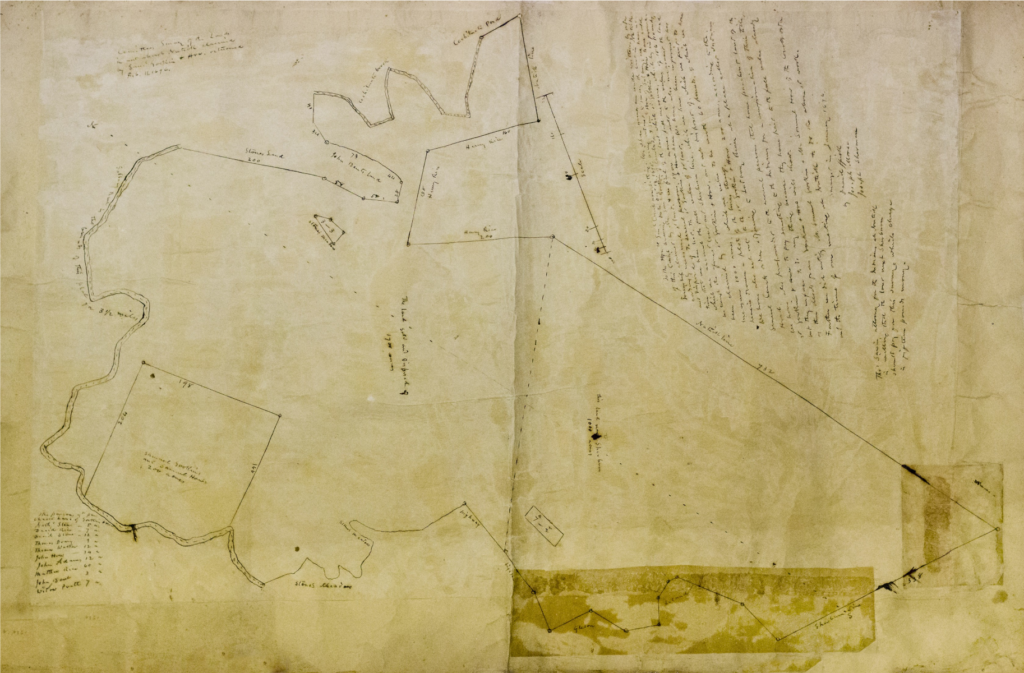Settler Colonialism
“May we not observe here one reason of God's transplanting some of his people into this wilderness, that they might be instrumental to carry his name and gospel unto some of these heathen?”
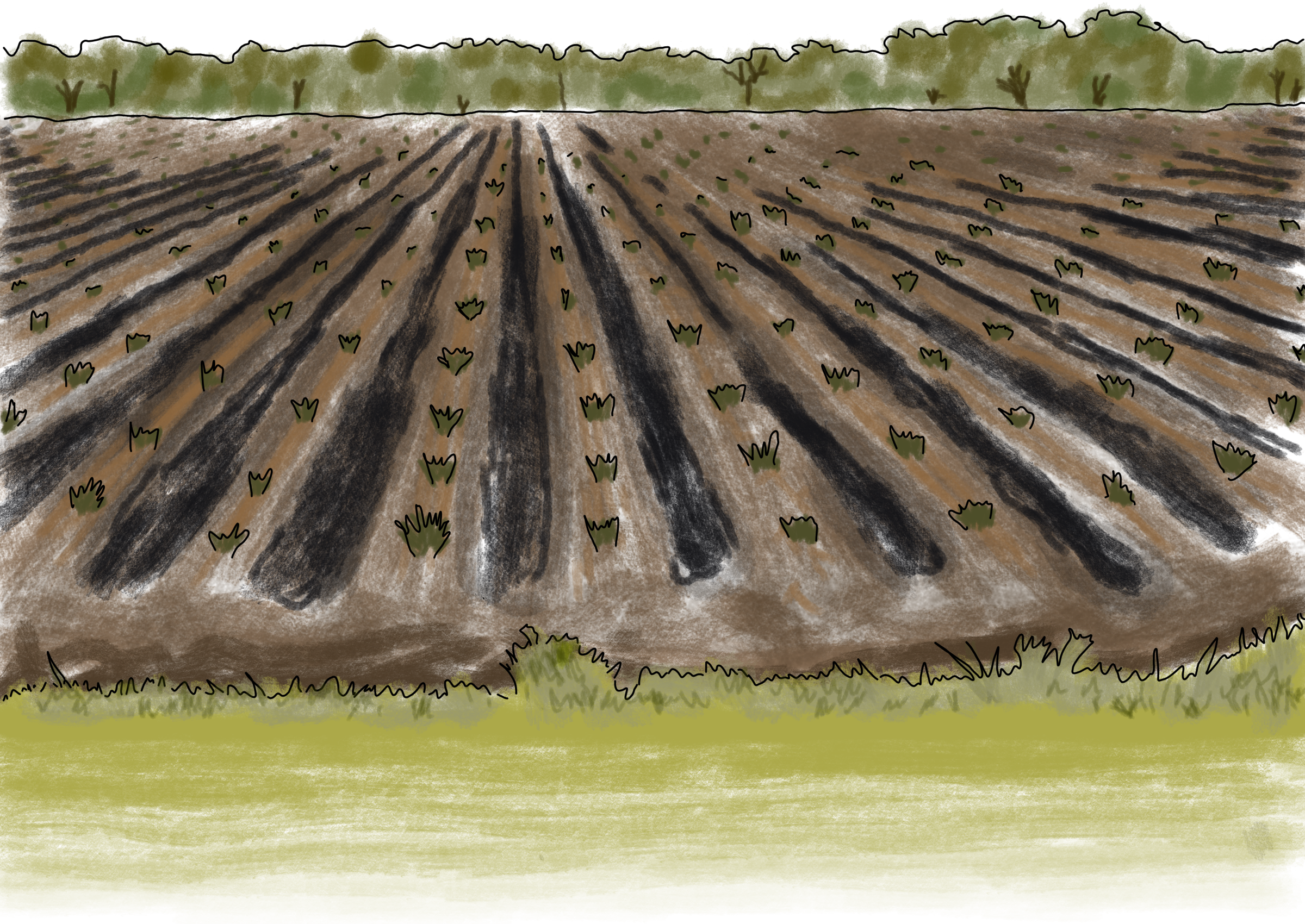
The denial of Native cultivation of the land is just one hallmark of settler colonialism.
Settler Colonialism
The tactics of settler colonialism range from warfare and genocide to “legal” land appropriation and assimilation. Settler colonialism in New England included all of these tactics, but began primarily with land encroachment. English methods of land encroachment in the earliest period of settlement were numerous.
Method 1: Spoil the Land
Method 2: Force Debt
After obtaining these agreements, English settlers forced allied Native individuals into debt, often through fraudulent means such as false imprisonment. These debts were imposed with full knowledge that the Indigenous population rarely kept English money, thus forcing them to pay in an equivalent value of land.
Method 3: Assimilate and Consolidate
The land that is now Framingham had many of these Towns nearby: Natick, Magunkaquog (Ashland), Hassanamesit (Grafton), and Okommakamesit (Marlborough).
No matter how subtle, all tactics of settler colonialism are inherently violent, as they are driven by a philosophy of replacement and dispossession.
Nipmuc Land Deed, 1656
FHC Collections, LD105
This 1656 land deed transfers ownership of “a parcell of Broaken up and ffenced in land” near the Saxonville Falls from five Nipmuc men — William Boman, Captain Josiah (Pennahannit), Roger, James, and Keaquisam — to English settler John Stone. The men were former residents of the land in question, once a Nipmuc village and planting grounds.
Because the document notes the land was fenced, we know that it had already been encroached upon by English livestock. It is possible that the men who made this sale were looking to get some benefit from an abandoned settlement that had already been rendered unusable.
Click on the document to read a transcription.
In the face of encroachment methods, Native people had 3 choices: cede, share, or resist. Each person made their own choices for complex individual reasons which did not preclude changing one’s approach in the future.
